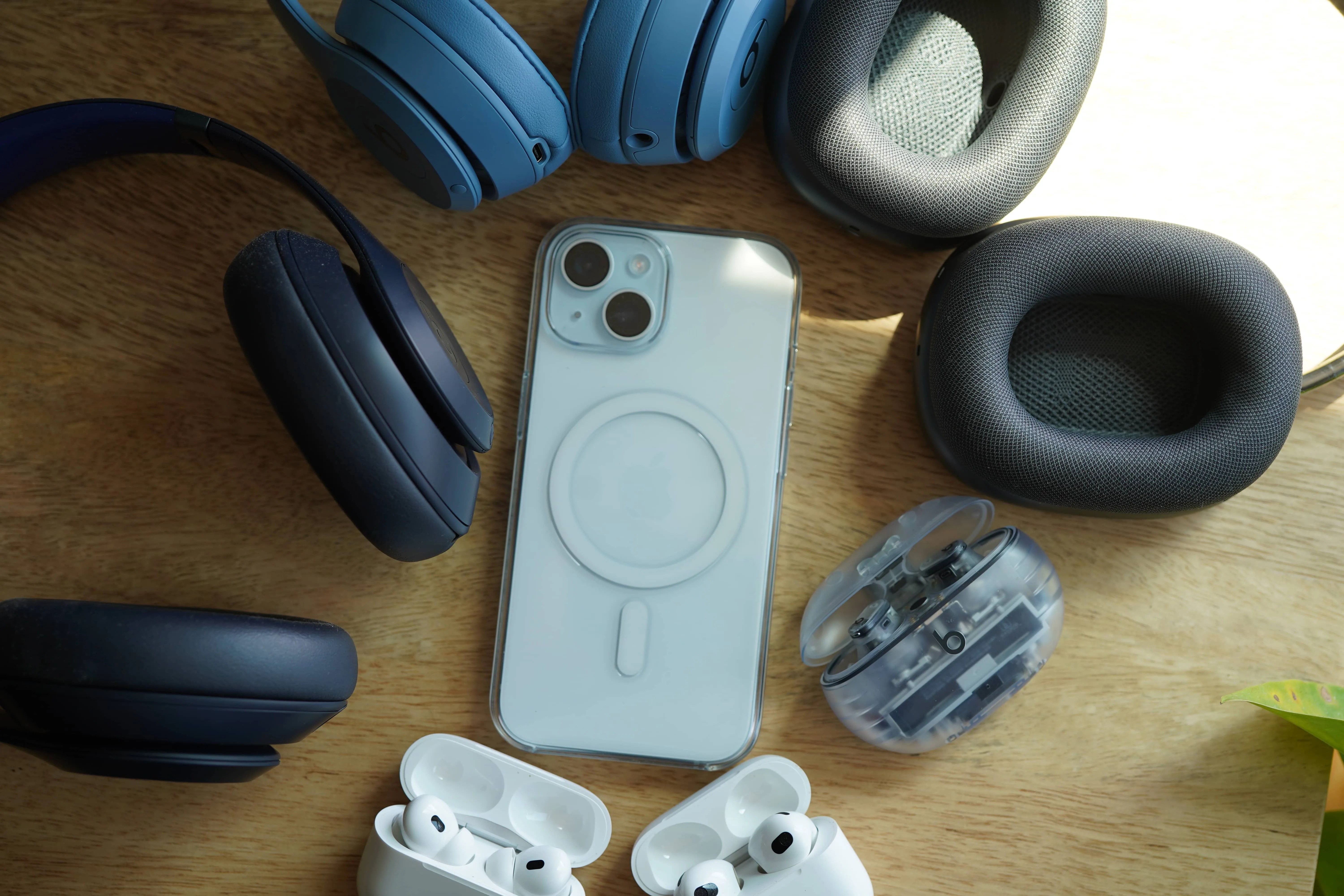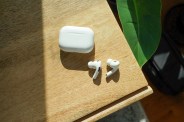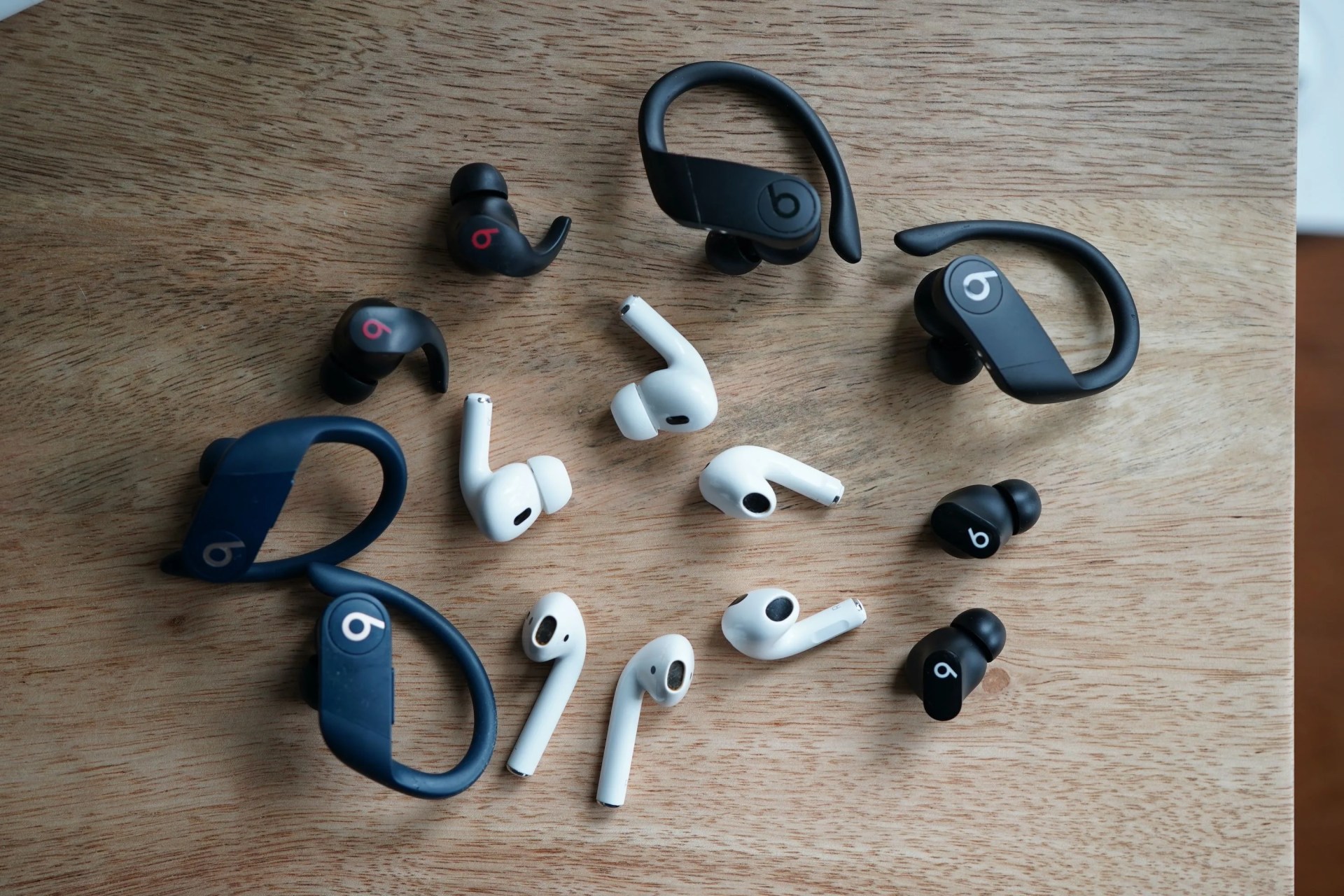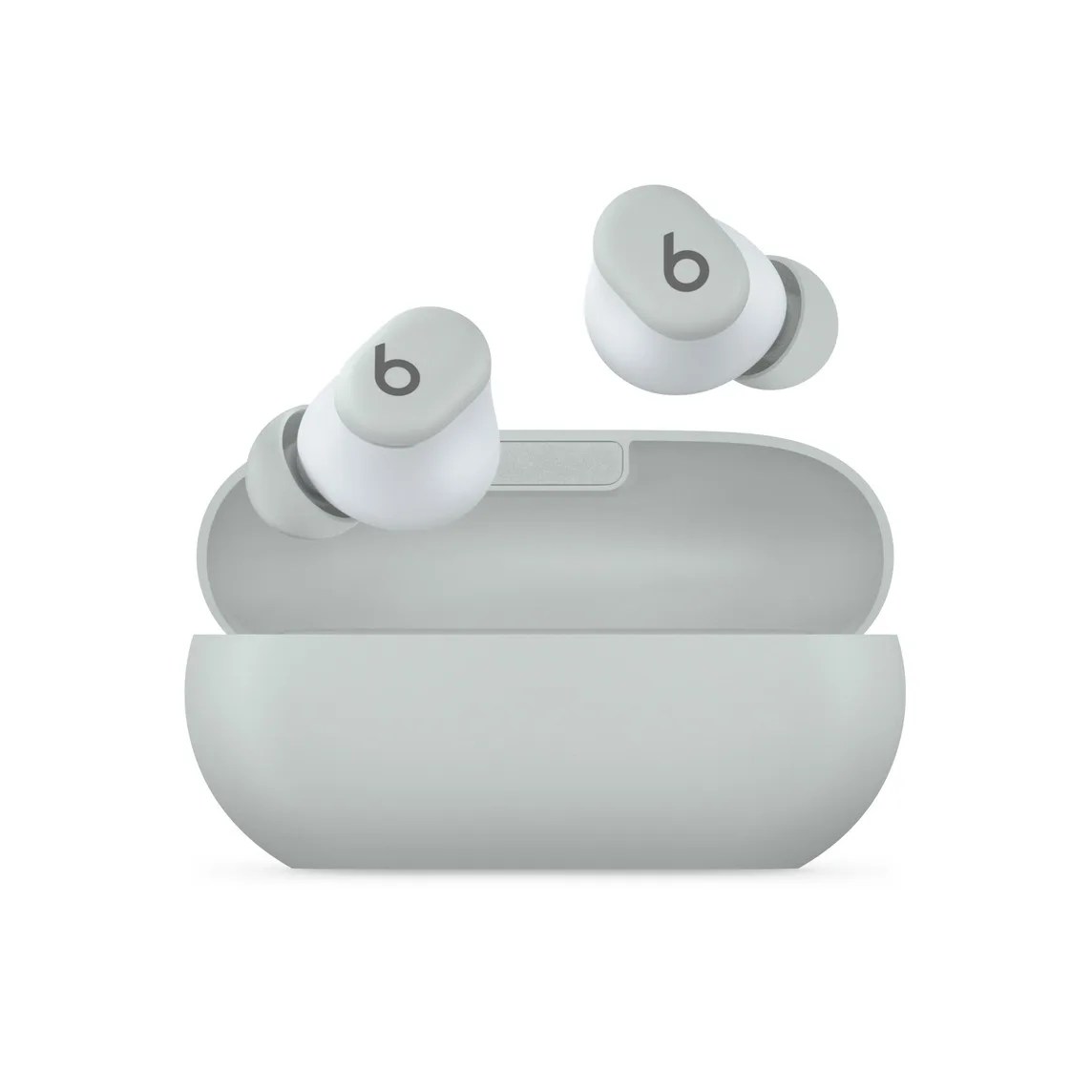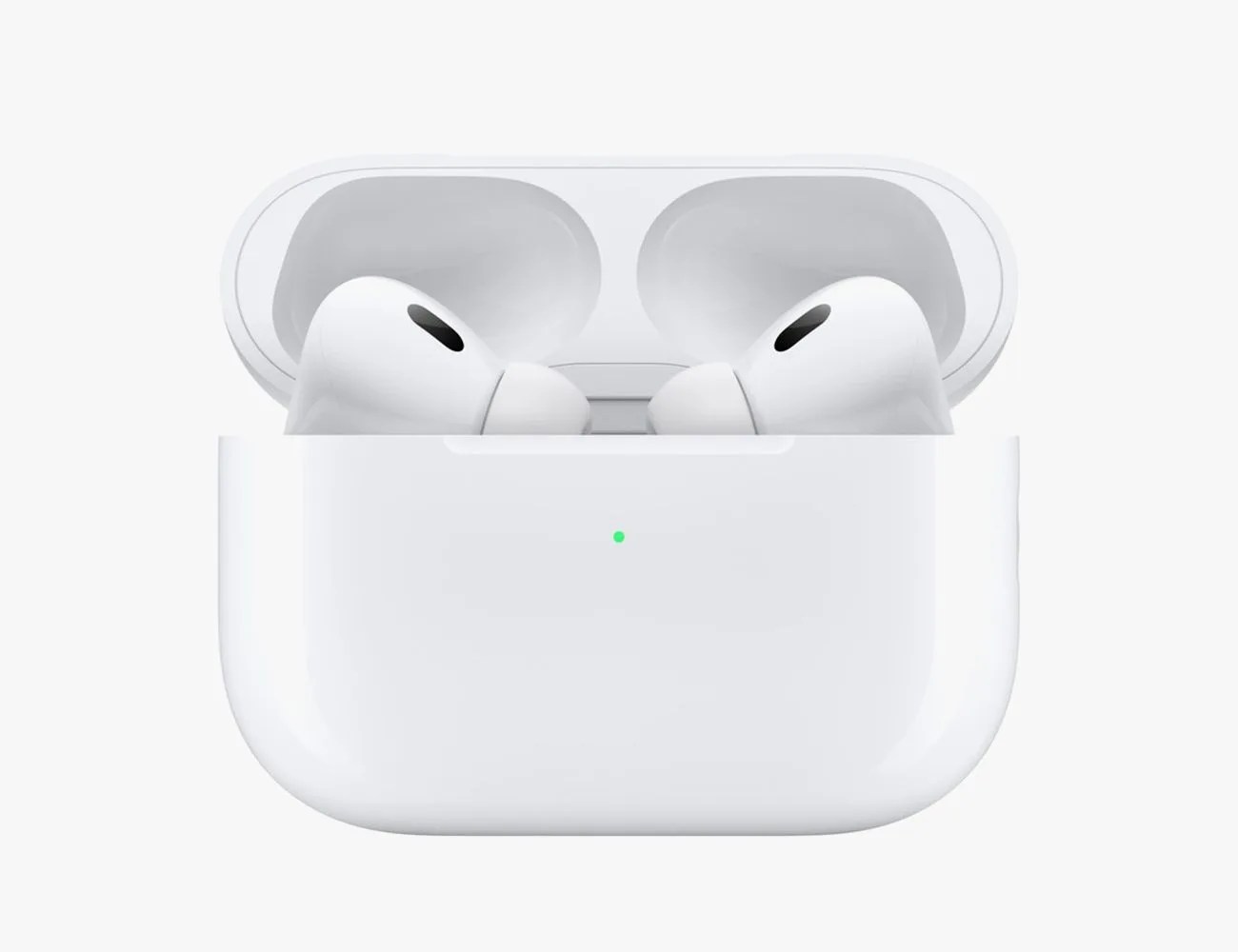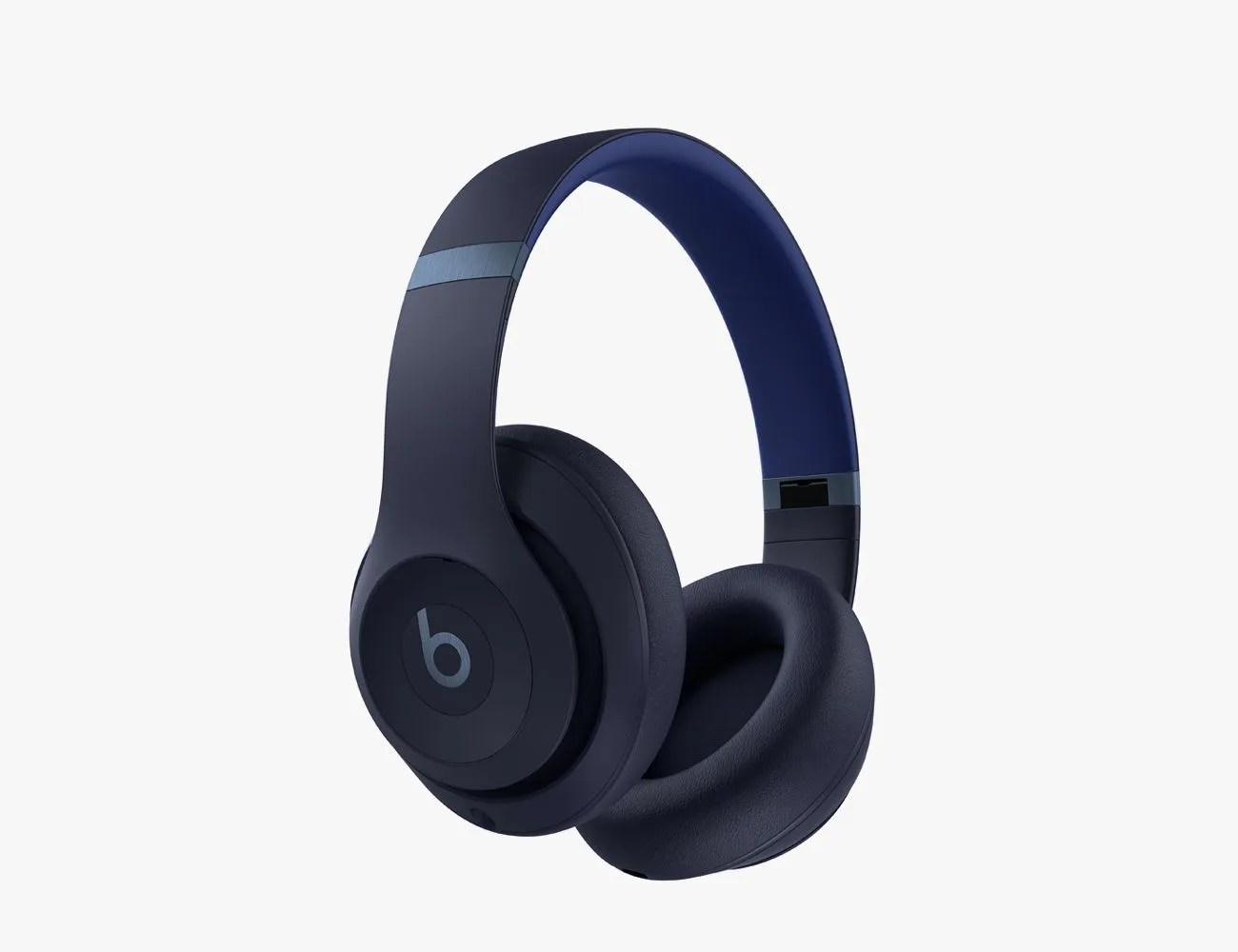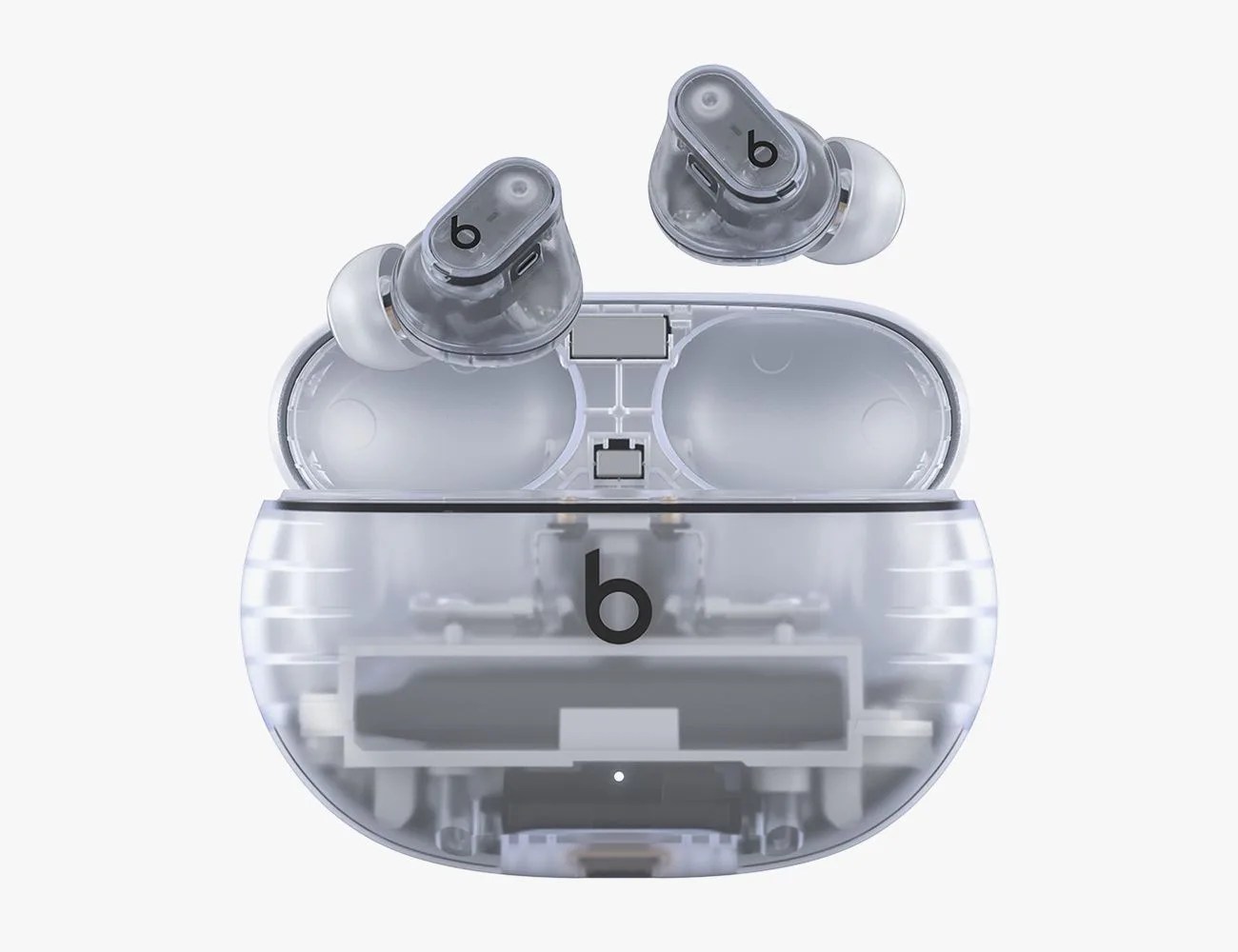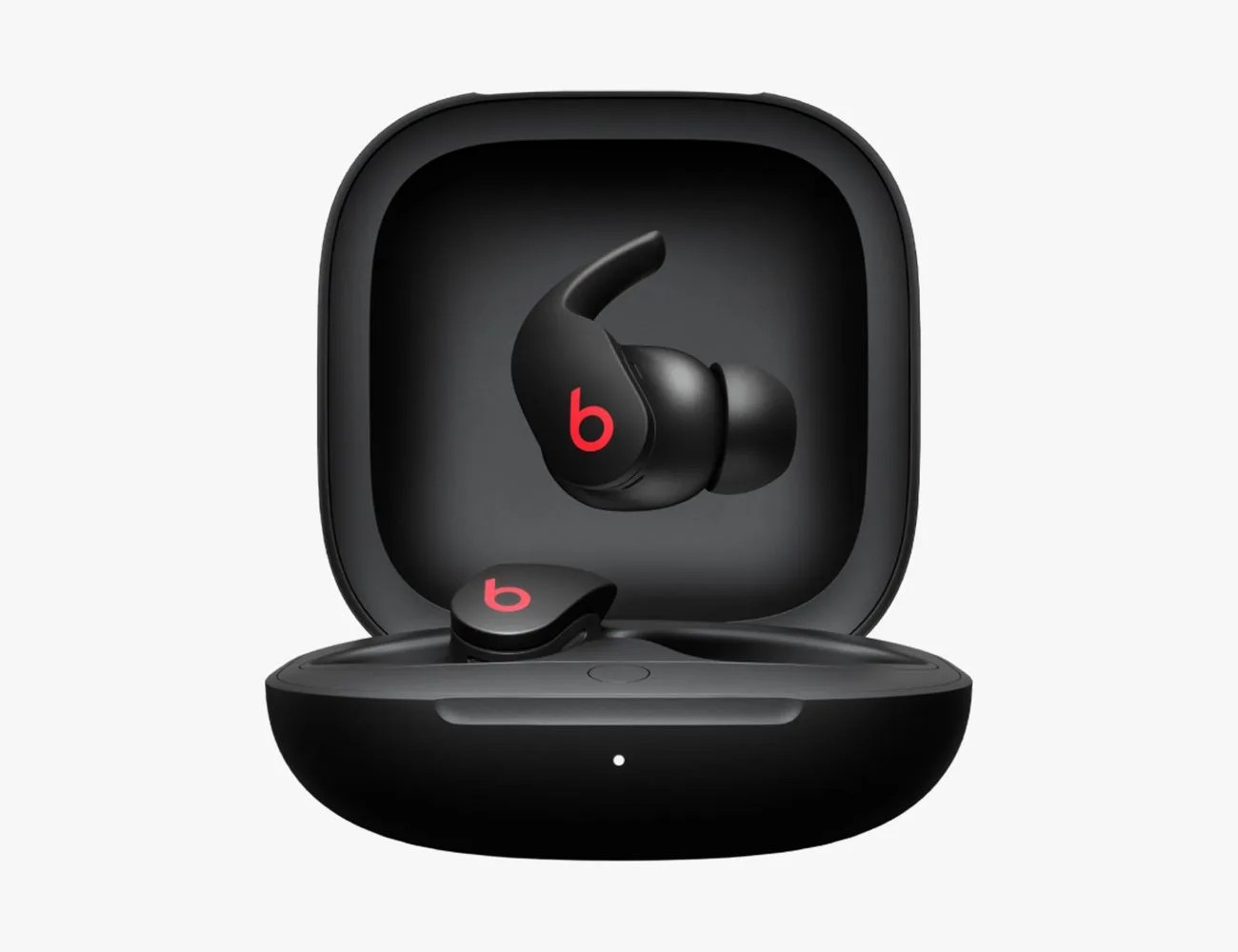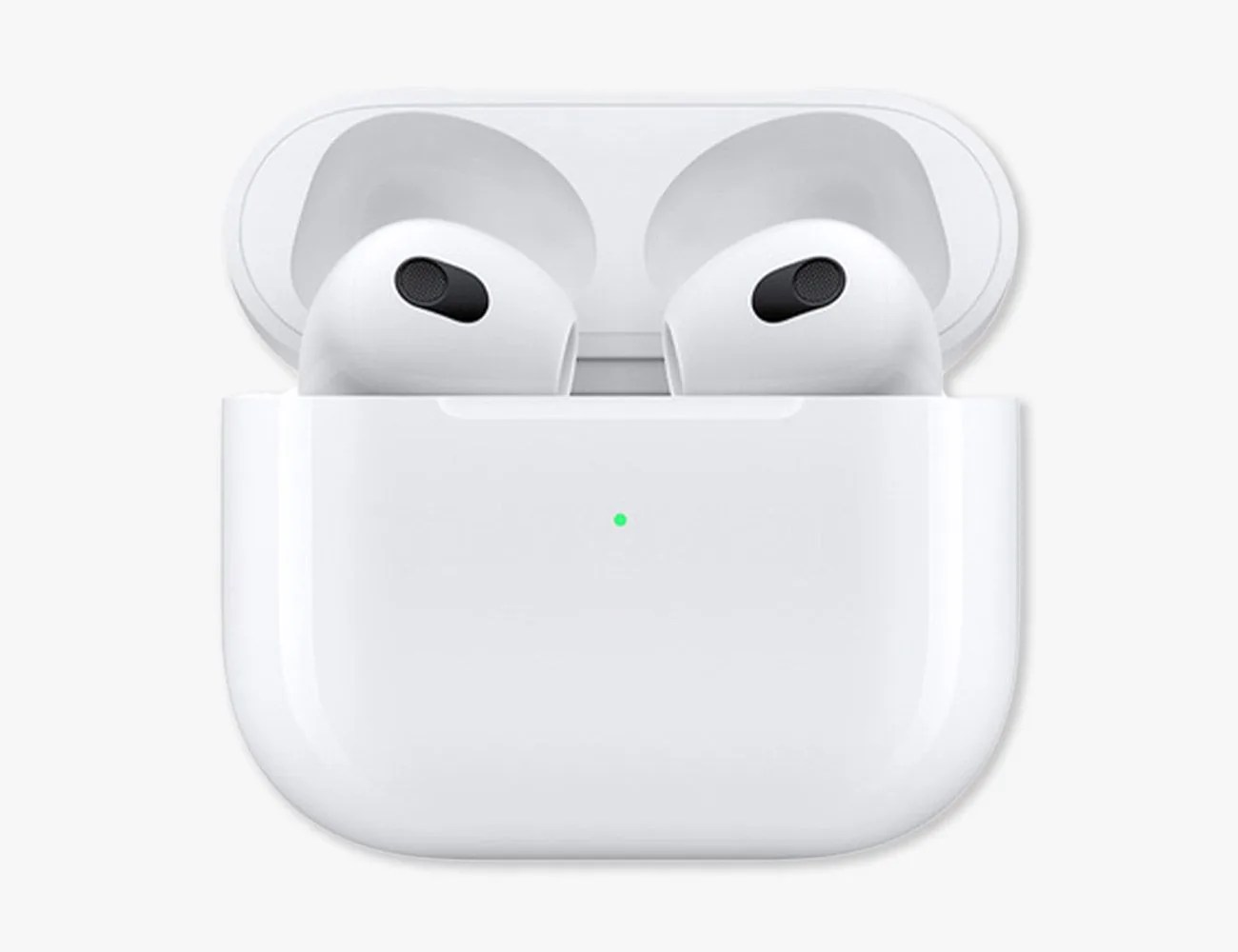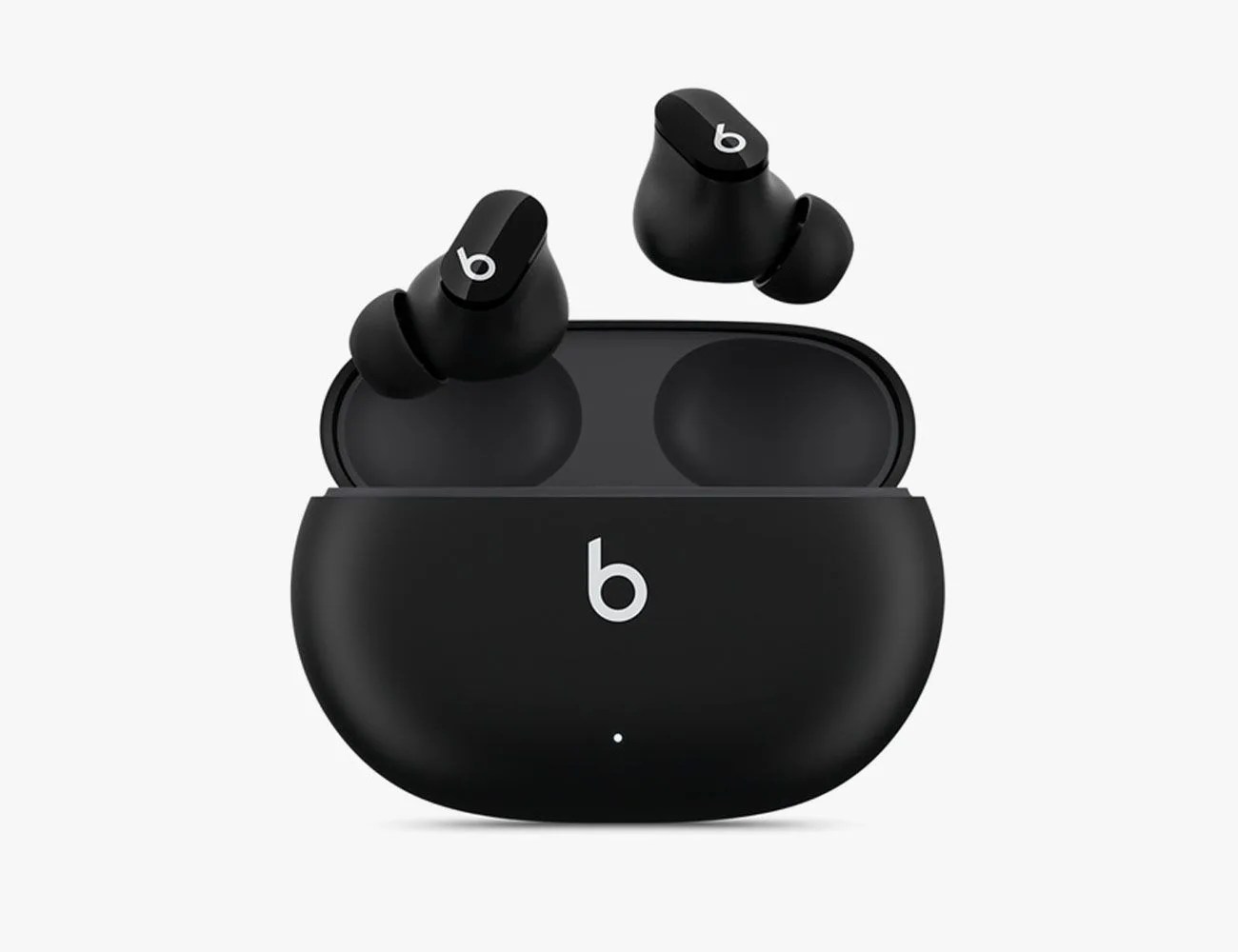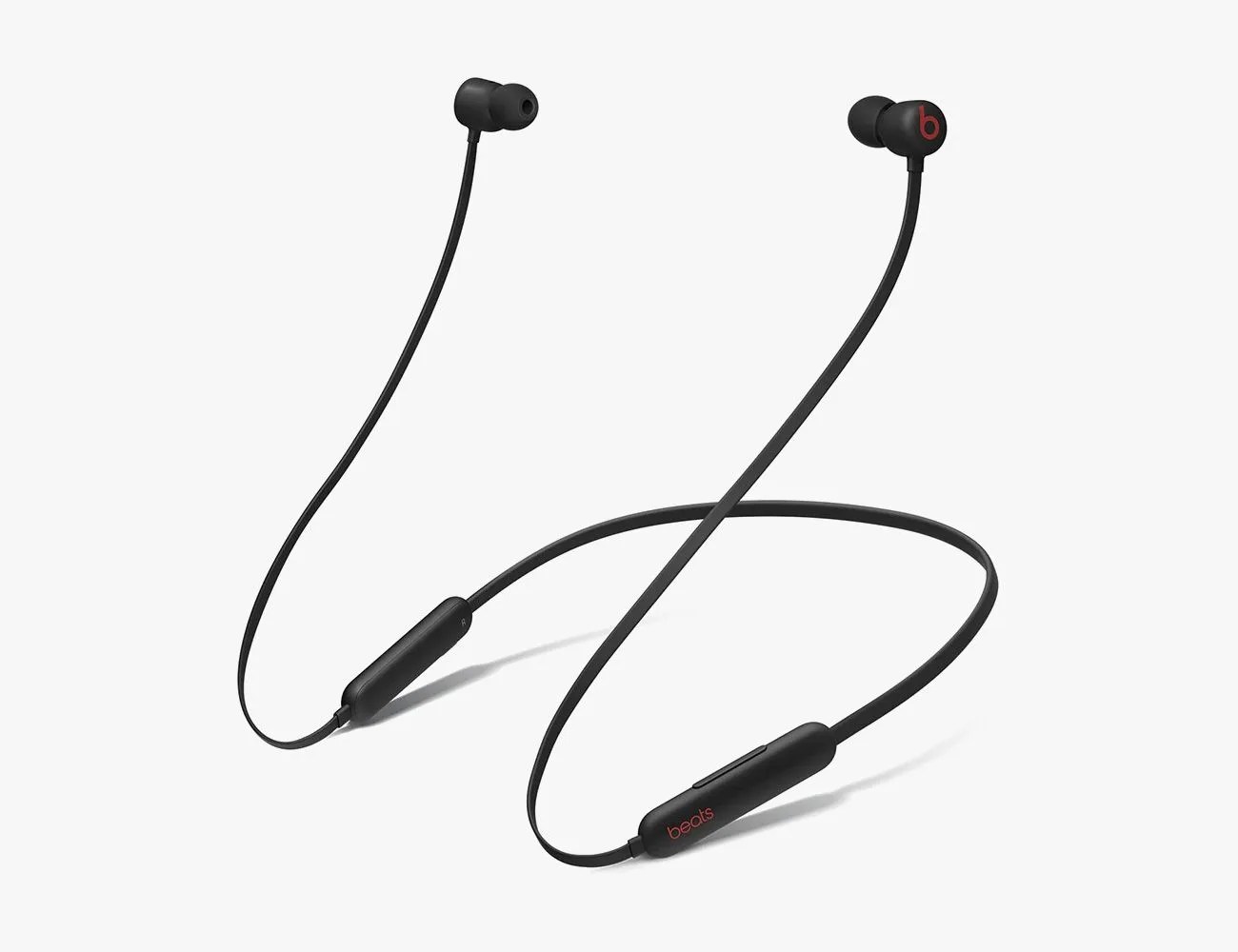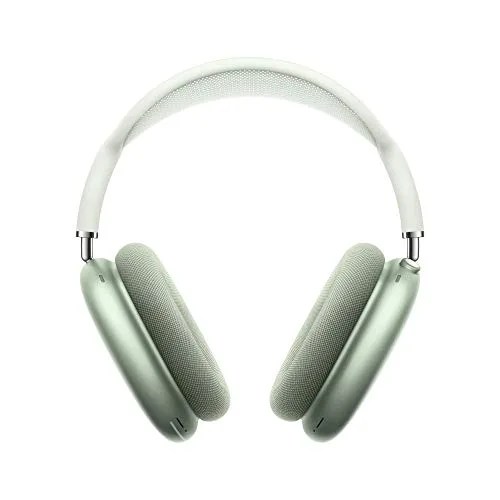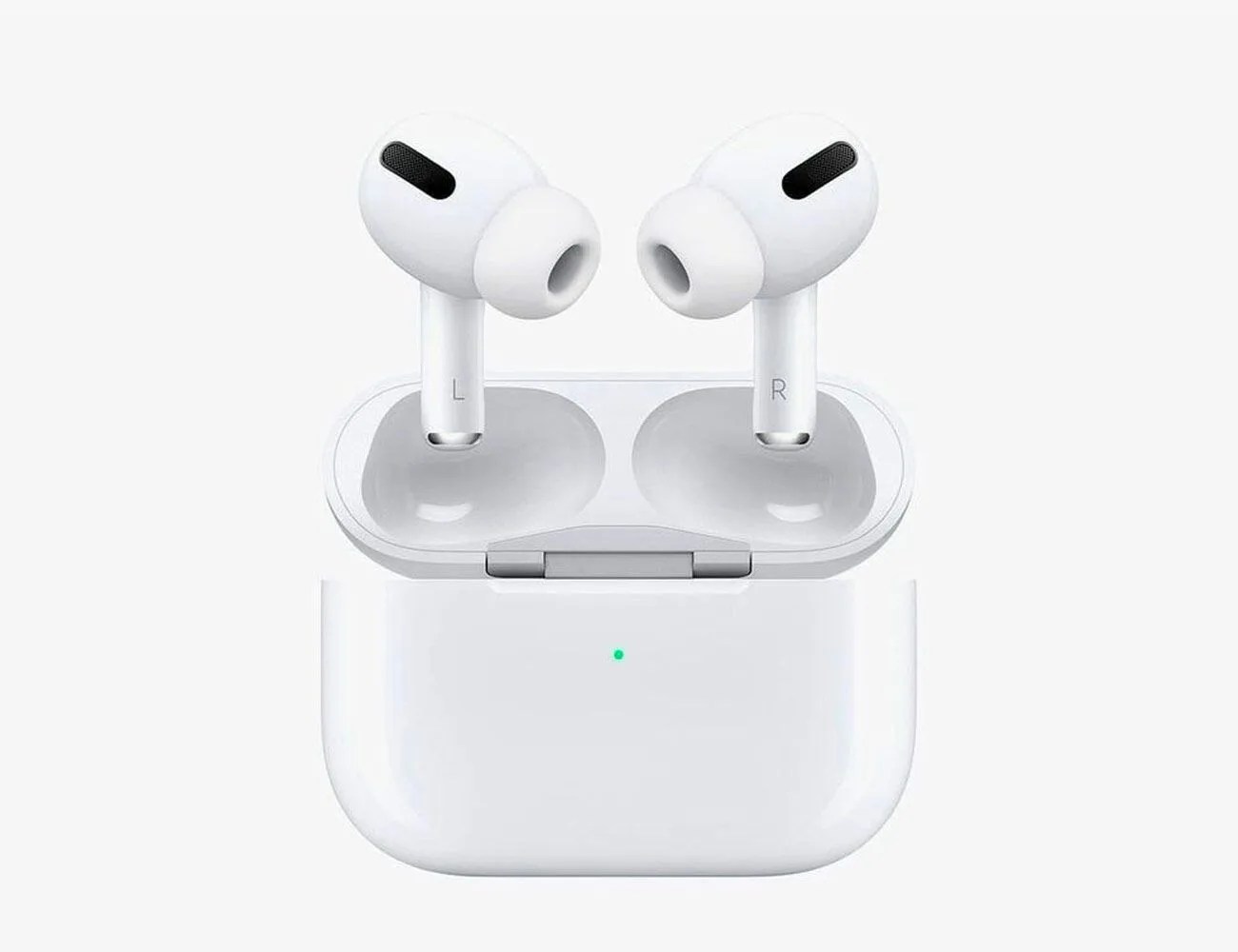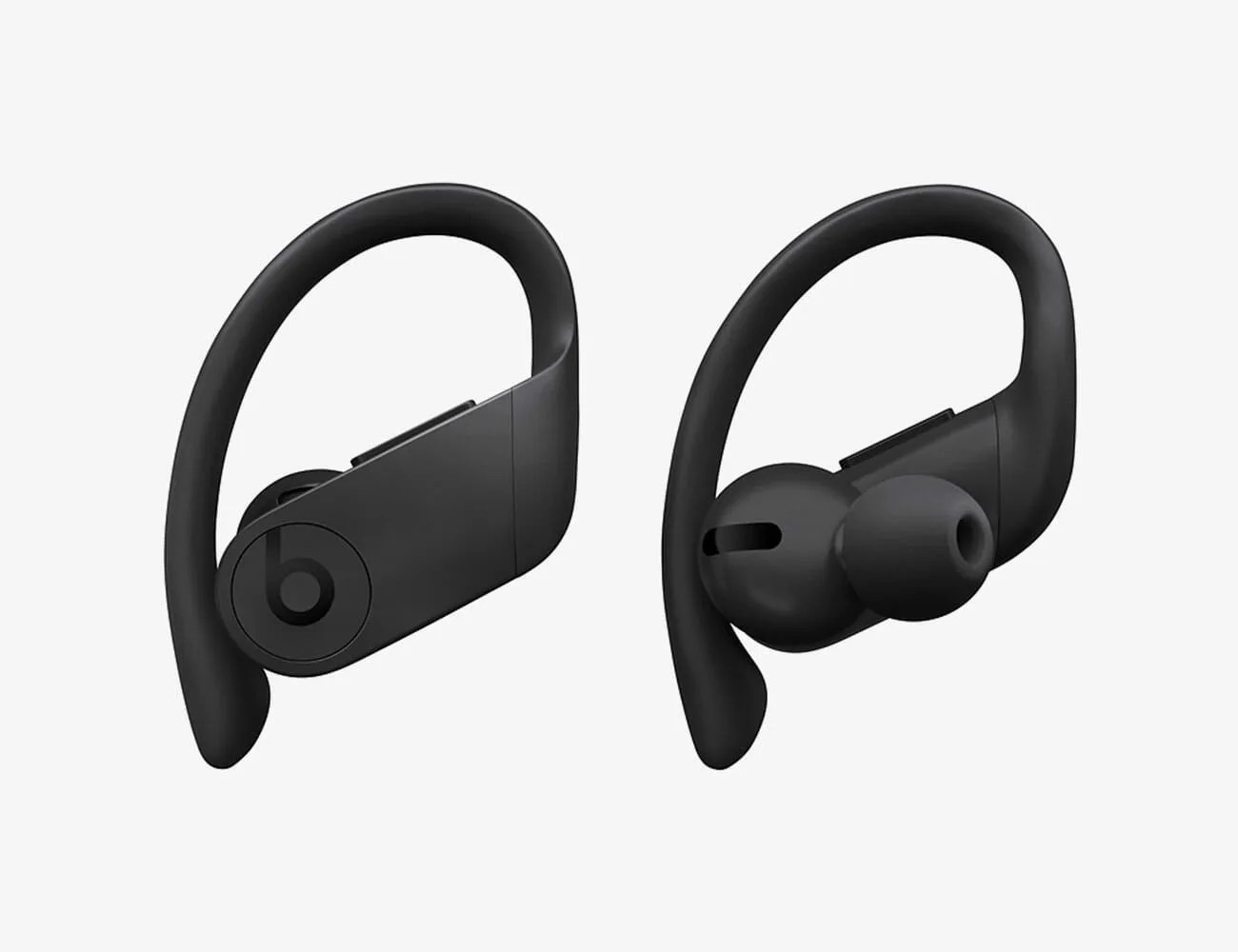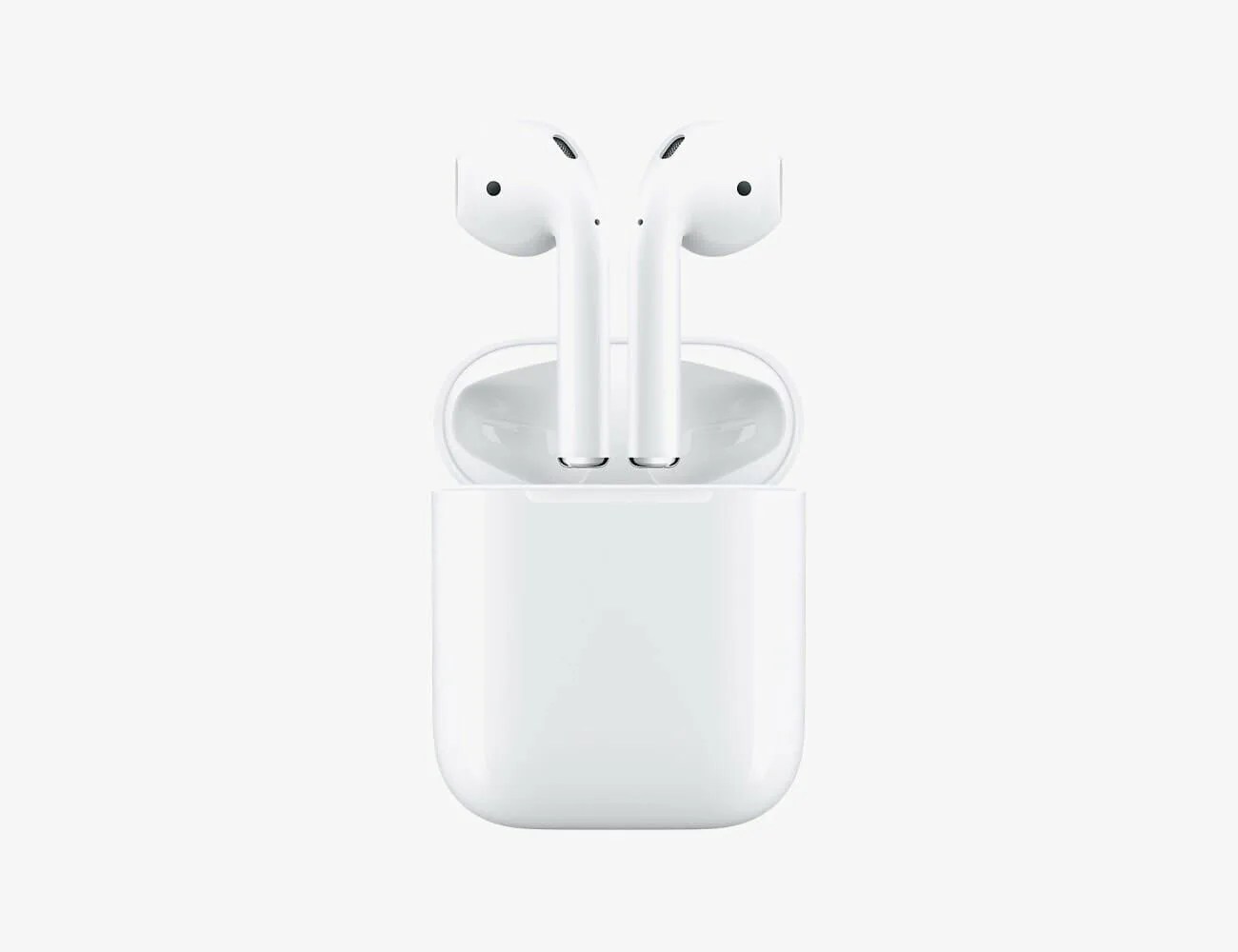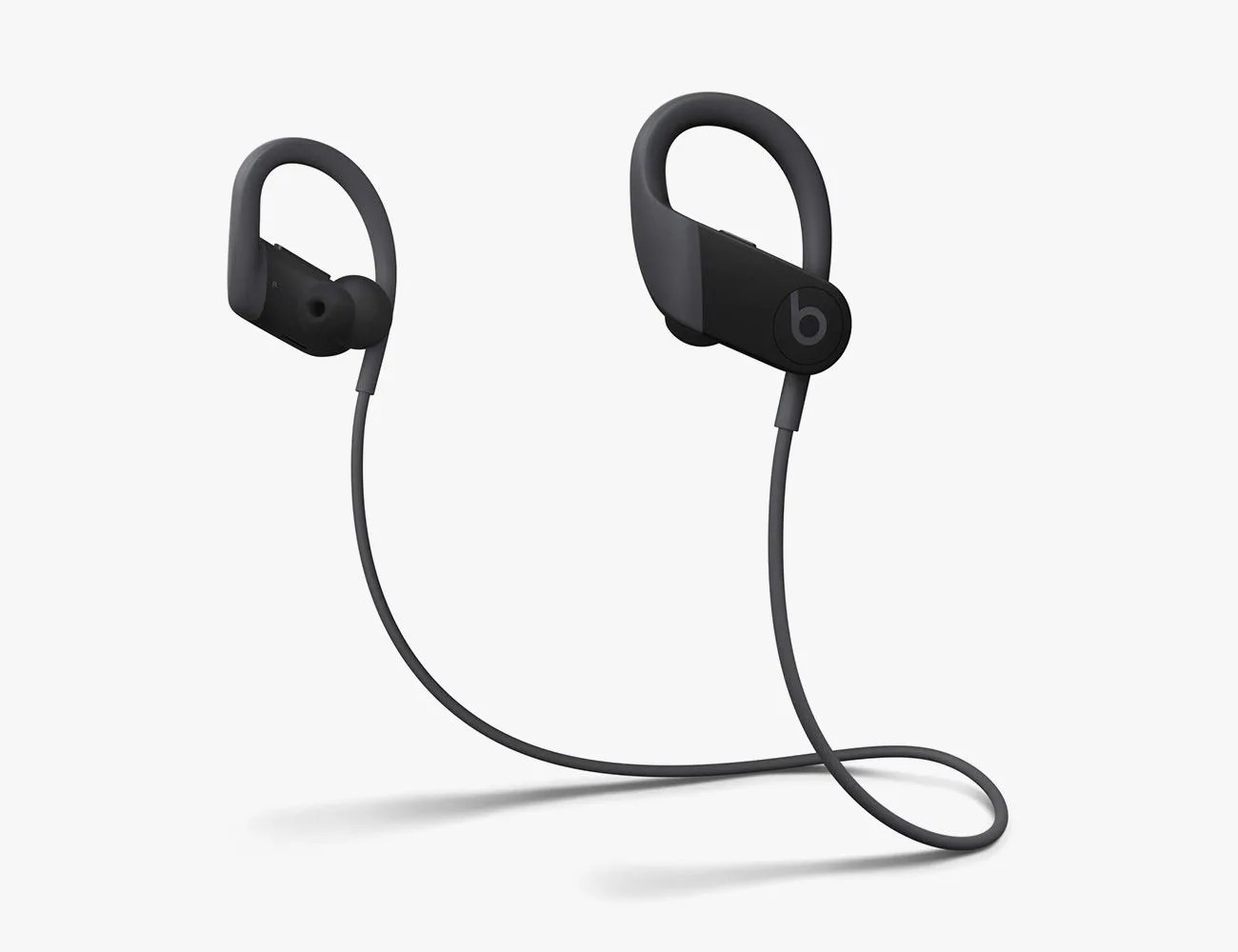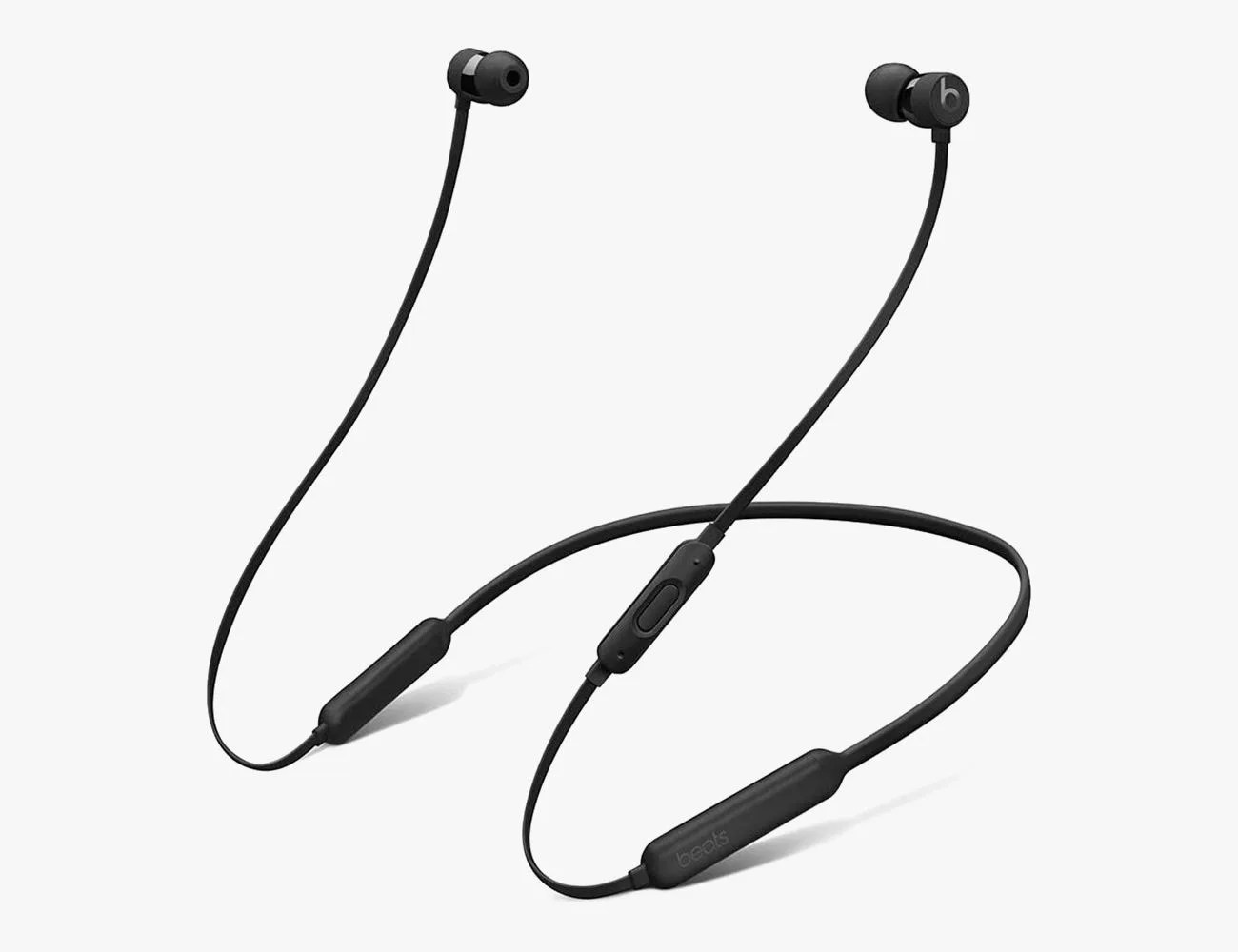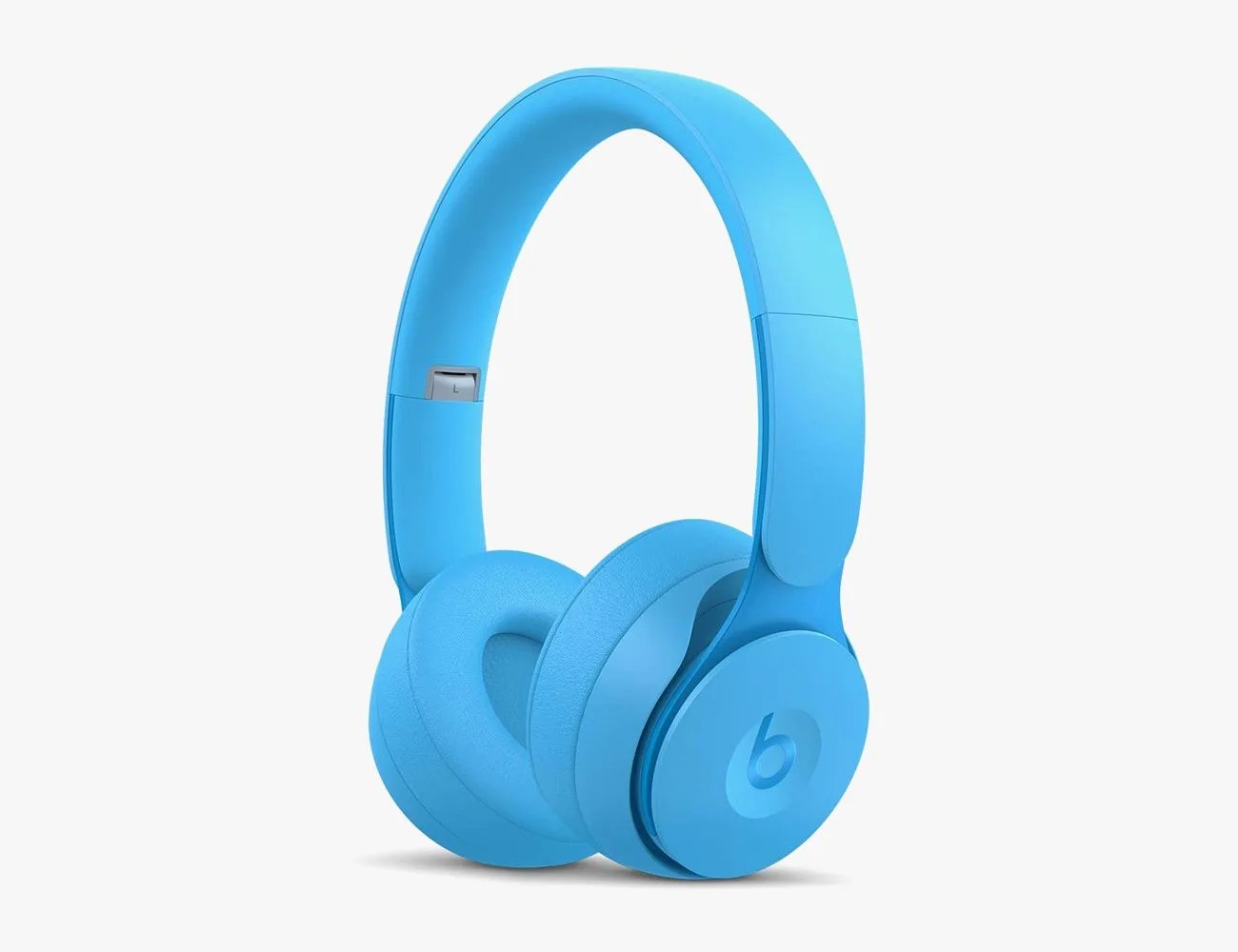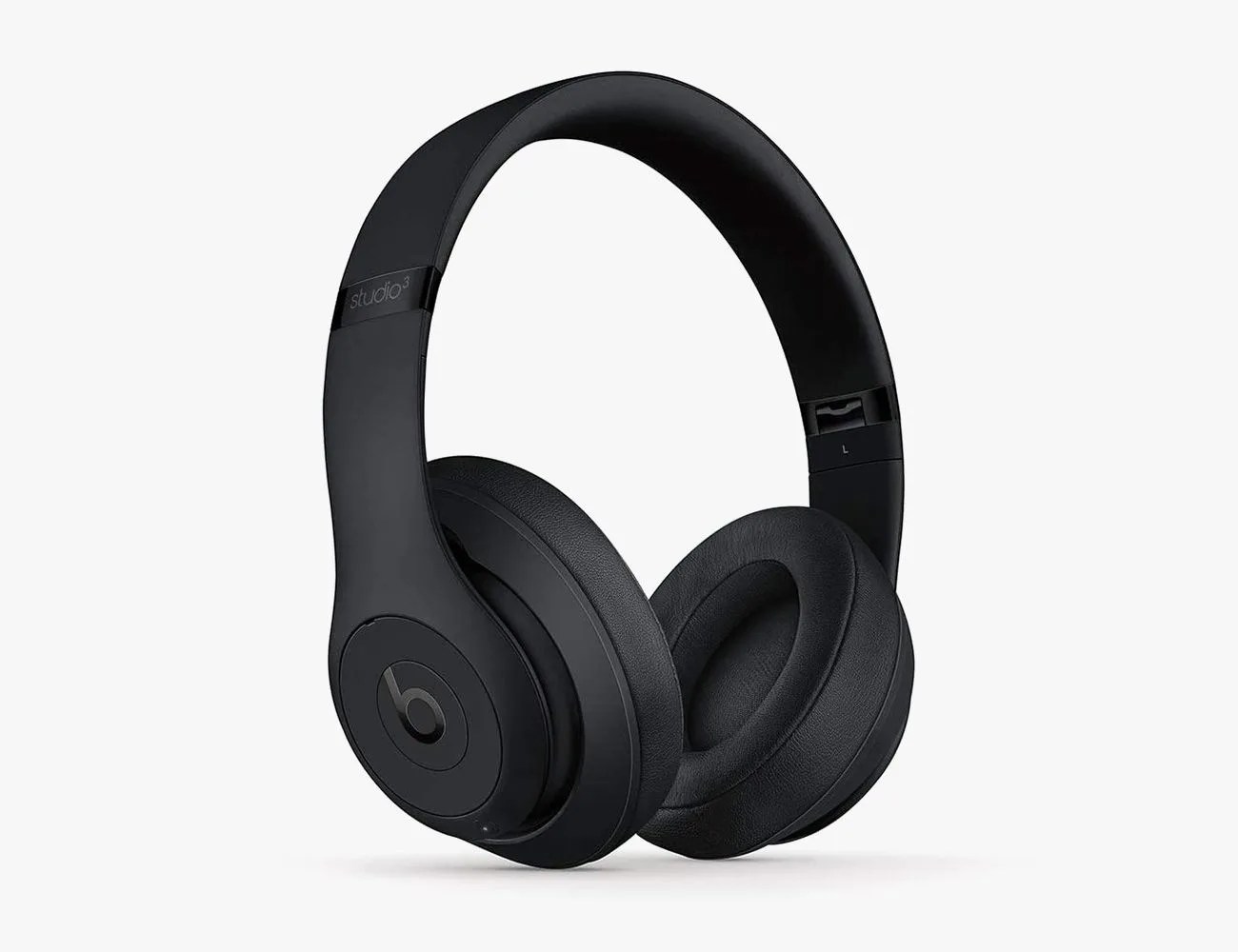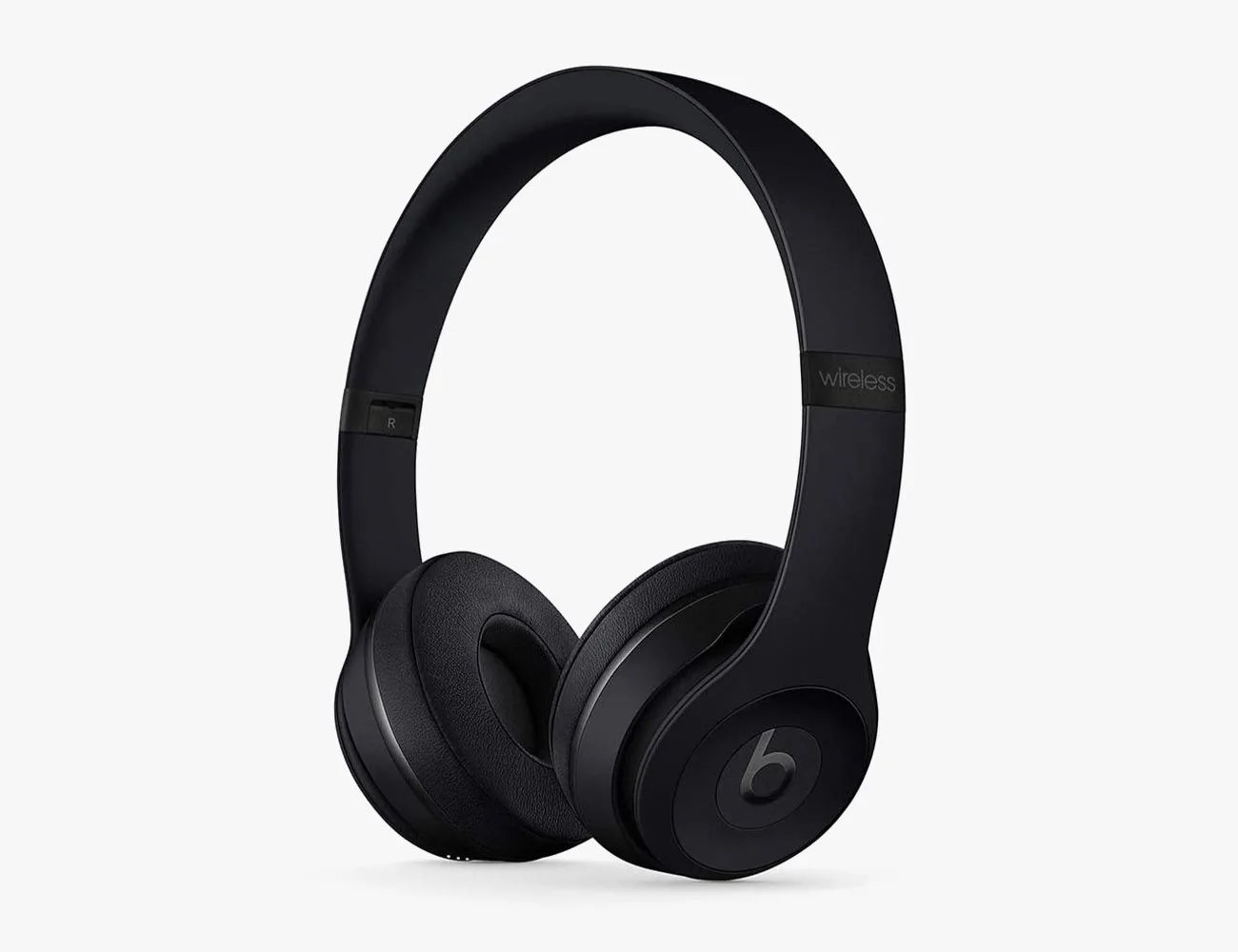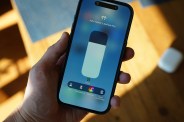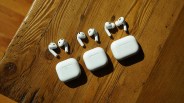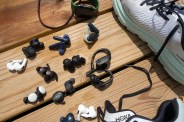When Apple released the first AirPods in late 2016, they had what no other wireless headset had before it: Apple’s W1 chip. This special processor allowed AirPods to quickly pair to an iPhone — no need to open Bluetooth Settings and wait to be discovered — which was actually a pretty deal at the time; 2016 was also the year when Apple introduced the iPhone (iPhone 7) without a 3.5mm headphone jack, so more and more people were converting to Bluetooth headphones.
In addition to fast pairing, the W1 chip helped the original AirPods establish a more stable Bluetooth connection to your iPhone. It worked with the AirPods’s built-in optical sensors so that music automatically play/paused when you placed the earbuds in/out of your ears. It also allowed for quick switching between Mac and iOS devices. And, thanks to later software updates, Apple’s chips have enabled features like audio sharing so that two people with AirPods could listen to one iPhone.
Apple’s Headphone Chips, Explained: W1, H1 and H2
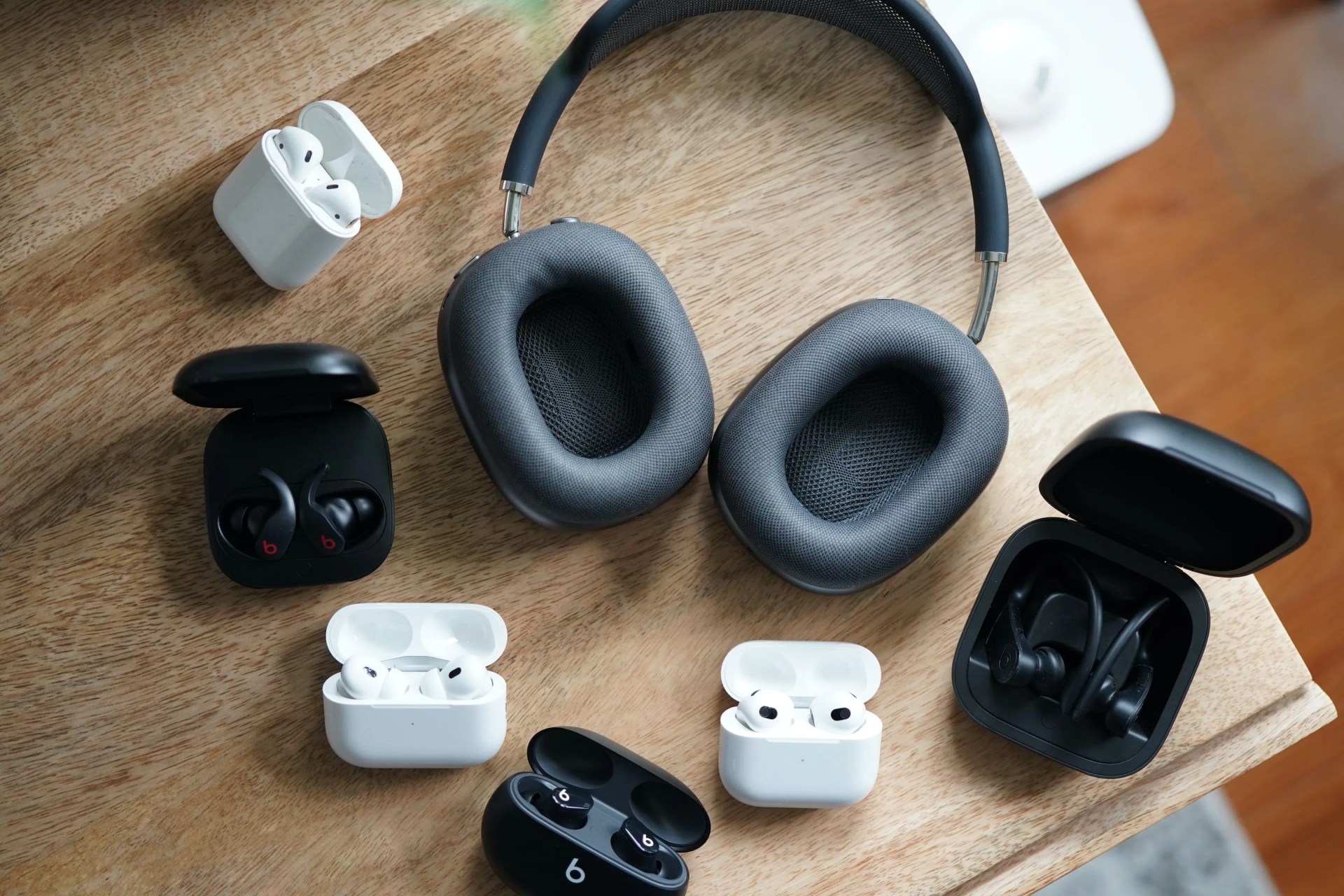
Apple has made newer and better versions of its original W1 chip. In 2019, Apple released its next-generation H1 chipset which enabled an even faster and more secure Bluetooth connection. It also enabled hands-free “Hey Siri,” meaning any wireless headphones or earbuds with the H1 chip could respond to a voice command. (Previously, early AirPods summoned the voice assistant with a double tap on their side.
More recently, Apple has introduced the H2 chipset with the AirPods Pro. This builds on the W1 and H1 platforms but enables the AirPods Pro to improve noise-cancellation and transparency modes significantly. It also enables personalized Spatial Audio, which allows the newest AirPods Pro and AirPods Max to deliver an even more immersive experience.
Additionally, Beats — which Apple acquired back in 2014 — is rolling out more wireless headphones and earbuds that also have AirPod-esque abilities; many of them support fast iPhone pairing, Apple’s Find My network and even spatial audio. So, unlike a few years ago, there are many options that capture the “magic” of AirPods.
